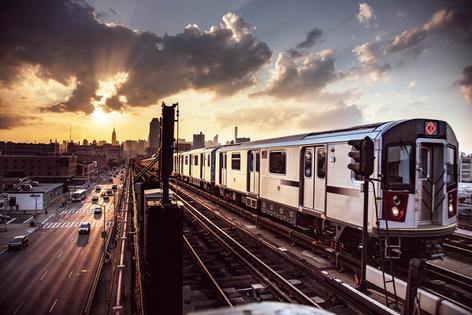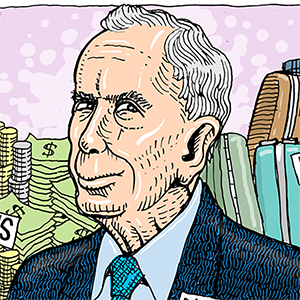Still recovering from COVID-19, US public transit tries to get back on track
Published in Health & Fitness
U.S. commuters take approximately 10 billion trips on public transit every year. SciLine asked Kari Watkins, an associate professor of civil and environmental engineering at the University of California, Davis, what cities can do to increase public transportation ridership and how people can make better use of this environmentally friendly mode of transportation.
Below are some highlights from the discussion. Answers have been edited for brevity and clarity.
Why is transit a sustainable mode of transportation?
Kari Watkins: Economically, it’s easier on people’s pocketbooks. Environmentally, transit has less emissions per trip.
From an equity point of view, transit is more sustainable than other modes because you’re more able to serve all people. This service is out there – you don’t have to afford a vehicle in order to be able to take it.
How does public transit affect traffic congestion?
Kari Watkins: We save about 24% of our congestion levels by having transit in our 15 largest cities.
What has research shown us about transit’s safety?
Kari Watkins: Transit is the safest mode of transportation because of the professional drivers and because of the nature of how the services are provided. They’re often in their own corridors with really, really high factors of safety in how those corridors are designed.
When we look at cities where more people take transit as opposed to driving themselves, we always have lower crash rates, both internationally and across the U.S.
...continued








Comments